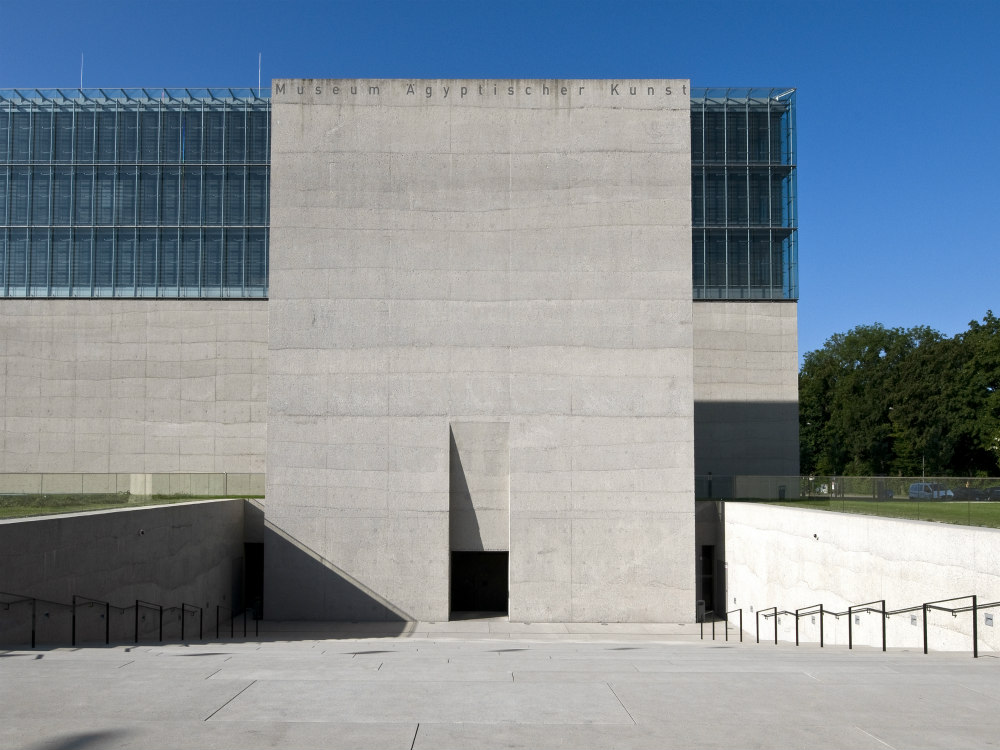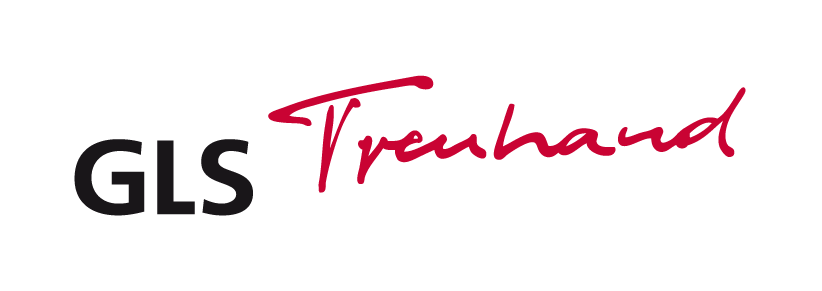Munich Stories Dobriner Laura (geb. Drey), Drey Henriette
Arcisstraße 32, (location of today’s State Museum of Egyptian Art)
In 1938, an NSDAP chancellery building was to be erected on the site of today’s State Museum of Egyptian Art. For this to go ahead, the owners of the residential buildings in Gabelsbergerstraße and Arcisstraße were expropriated and the buildings demolished. Among the latter was the house at Arcisstraße 32 (the numbering system has changed since then) belonging to Isaak and Maria Drey.
In 1938 the Nazi Party had plans to build the headquarters on the site on the site where the State Museum of Egyptian Art is located today. For this purpose, the owners of the residential buildings on Gabelsbergerstrasse and Arcisstrasse were expropriated and the buildings demolished.
In its place, a five-storey building with several wings and a length of 180 meters was planned. When construction work on the Party Chancellery was stopped because of the war, only the underground bunkers (with walls made of reinforced concrete four meters thick) were complete. Between 1965 and 1970, the property was partially built over with institute buildings from the Technical University. In the course of the new building for the Egyptian Museum and the University of Television and Film, the institute buildings were demolished from 2007 and the bunkers were blown up. In the foyer of the museum, an information board provides information about the history of the site.
Isaak and Maria Drey (née Rothenheim) had five children. Their house in Arcisstraße 32 was later owned by their daughter Laura.
On 30 October 1900, Laura Dobriner married Dr. phil. et chem. Paul Dobriner, who had obtained his doctorate in Königsberg in 1886. The couple had two sons (Konrad and Georg Hermann). Dr Paul Dobriner was a highly successful chemist who for most of his professional life was head of the Analytical Laboratory department at I.G. Farben in Leverkusen. He suffered from depression, which led to work absences of months at a time. In 1924, he and his family moved back to Munich, where he retired in 1926. Seriously ill, he spent his final years in various sanatoriums and convalescent homes, and died in 1933 at the age of 69 in a sanatorium in Eglfing-Haar. The IG Farben board of directors honoured him with a fitting tribute after his death (in the journal “Angewandte Chemie” 46th year 1933, No. 10, 160).
Laura Dobriner lived with her sons and her sister (Henriette Drey) in her parents’ house at Arcisstraße 32 until 1934, when it was confiscated by the NSDAP in April of the same year. Laura Dobriner, now widowed, was obliged to move several times in Munich. In between, she lived temporarily in Füssen in Allgäu and in Ragusa (now Dubrovnik). She then returned to Munich (to Franz-Josephstraße 15 along with the Selz family) and finally lived in a boarding house at Widenmayerstraße 6. In December 1941, Laura Dobriner was forcibly relocated to Milbertshofen camp and from there deported to Theresienstadt on 1 July 1942, where she was murdered six days later.
Henriette Drey, now a woman of advanced years, was deported to Theresienstadt following several forced relocations and was murdered there on the same day as her sister Laura on 7 July 1942.
Photo: Konrad Dobringer
Laura Bobriner’s two sons, Konrad Dobriner and Georg Hermann Dobriner, survived the national socialist regime.
Konrad Dobriner (* 1902) became a doctor and a renowned endocrinologist. He completed his medical studies in Freiburg in 1925 and was subsequently awarded a doctorate in two subjects (on 7 July 1933 at the Ludwig Maximilian University of Munich in the field of medicine). He emigrated to New York on 17 May 1934 and died there on 10 March 1952. An obituary was printed in the British Medical Journal of 29 March 1952, 715.
Photo: Konrad Dobriner’s immigration certificate to the US
Georg Dobriner emigrated to the US in 1933, where he married Takie Dobriner. They had no children. Georg died in Santa Barbara, California on 30 June 1992.
Photo: Georg Dobriner’s immigration certificate to the US
The house
Villa Pringsheim, which was located not far from where the Drey/Dobriner family lived, was home to a wealthy German-Jewish family from Silesia. It belonged to Alfred Pringsheim. He was the father of Katharina Pringsheim, the highly cultivated feminist wife of the writer Thomas Mann
Photo: Stadtarchiv München
Following expropriation by the NDSAP in 1934, the entire area around Königsplatz was to become a party district. The residential buildings along Arcisstraße and Gabelsbergerstraße, including the Drey/Dobriner family home and Villa Pringsheim, were demolished.
Plans were made to erect a five-storey building with several wings and a length of 180 metres. By the time construction work on the party chancellery was finally stopped due to the war, only the underground bunkers (with four-metre-thick reinforced concrete walls) had been completed. Between 1965 and 1970, the site was gradually redeveloped with department buildings for the Technical University. As part of the construction of the new Egyptian Museum and the University of Television and Film, these buildings were demolished in 2007 and the bunkers blown up. An information panel in the foyer of the museum gives the history of the site.
Photo: Main entrance to the State Museum of Egyptian Art / Marianne Franke
On 23 October 2020, the State Museum of Egyptian Art (SMÄK) placed six Stolpersteine in front of and inside the building on Gabelsbergerstraße. By doing so, the museum wishes to commemorate the neighbourhood’s former residents and their fate during the Nazi era. The laying of these Stolpersteine has long been a concern of the Egyptian Museum and in the spirit of contemporary archaeology serves to render visible the history of this era on the current site of the SMÄK. The Stolpersteine were installed in collaboration with artist Gunter Demnig and the Initiative Stolpersteine für München e.V.
Photo: Laying of Stolpersteine in front of the State Museum of Egyptian Art on 23 October 2020

(All text passages are taken from the press release of the State Museum of Egyptian Art)



